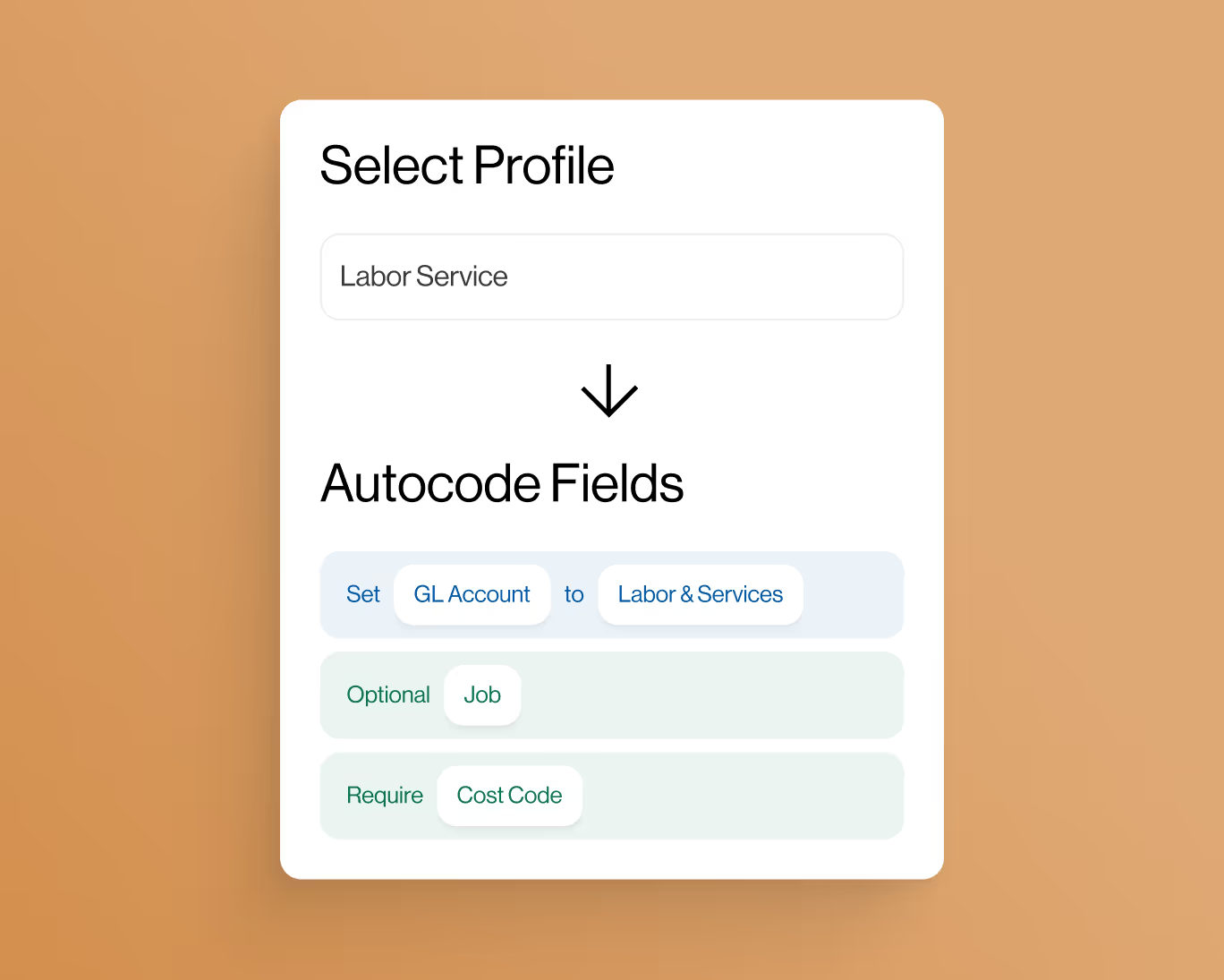What does Bid Margin Analysis Mean in the Construction Industry?
In the fast-paced and competitive realm of the construction industry, staying ahead of the curve requires not only impeccable project execution but also savvy financial decision-making. One of the critical tools in a construction company's arsenal is the Bid Margin Analysis Report.
Bid Margin Analysis is a process that involves evaluating and assessing the financial viability of construction projects before bidding on them. It goes beyond estimating costs and project timelines; it delves into the intricate details of the project's financial aspects to determine the potential profit margin.
The Importance of Bid Margin Analysis
Construction projects can be financially complex, involving numerous variables, from labor and material costs to overhead expenses and potential risks. Failing to conduct a thorough bid margin analysis can lead to dire consequences for a construction company.
By conducting a comprehensive bid margin analysis, construction companies can:
- Maximize Profitability: Bid margin analysis helps in setting the right price for the project, ensuring that the company makes a reasonable profit while remaining competitive.
- Minimize Risks: Identifying potential financial risks early allows companies to make informed decisions and develop strategies to mitigate those risks.
- Optimize Resource Allocation: Effective bid margin analysis enables efficient allocation of resources by accurately estimating labor, equipment, and material requirements.
- Enhance Decision-Making: Based on the analysis, companies can decide whether to bid on a project, negotiate terms, or even walk away from a project that might not meet their financial objectives.
- Improve Bidding Accuracy: Accurate bid margin analysis improves the accuracy of bids, reducing the likelihood of underbidding or overbidding.
Components of a Bid Margin Analysis Report
A well-structured bid margin analysis report encompasses various components that collectively provide a holistic view of the project's financial feasibility:
- Cost Estimation: This involves calculating all costs associated with the project, including direct costs like labor and materials, as well as indirect costs like overhead and administrative expenses.
- Profit Margin Calculation: Determining the desired profit margin is crucial. It's the balance between earning a reasonable profit and remaining competitive in the bidding process.
- Risk Assessment: Identifying potential risks such as delays, cost overruns, regulatory challenges, and market fluctuations is essential to anticipate and plan for potential setbacks.
- Competitor Analysis: Understanding what competitors might bid for the same project helps in positioning your bid effectively and enhances the chances of winning the contract.
- Value Engineering: Exploring ways to optimize project costs without compromising quality can make your bid more attractive to potential clients.
Executing an Effective Bid Margin Analysis
Performing a successful bid margin analysis requires a combination of accurate data, experienced professionals, and the right tools. Here's a step-by-step approach:
- Collect Data: Gather detailed information about the project, including architectural plans, material requirements, labor estimates, and any other relevant data.
- Collaboration: Engage professionals from various departments such as finance, project management, and engineering to ensure a comprehensive analysis.
- Use Technology: Leverage construction management software and tools that can help automate calculations, perform scenario analyses, and generate accurate reports.
- Consider External Factors: Evaluate economic trends, market conditions, and regulatory changes that could impact project costs and profitability.
- Iterate and Validate: Run multiple scenarios and fine-tune your analysis. Validate your assumptions and calculations to ensure accuracy.
Conclusion
The construction industry's intricate financial landscape demands precision and foresight. Bid margin analysis is a cornerstone of successful project bidding and execution, ensuring that construction companies not only survive but thrive in a competitive environment.
By comprehensively evaluating project costs, potential profit margins, and associated risks, companies can make informed decisions that drive profitability and foster long-term growth.










